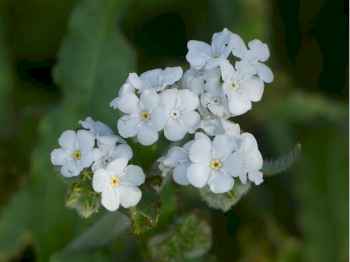1800-1935: Bay Area Collections
Despite much of the San Francisco Bay Area being generally urbanized today, that wasn’t always the case. This expedition looks into the past with newly imaged plant specimens from our collections that were collected between 1800 and 1935. It is called: 1800-1935: Bay Area Collections. In this expedition you can also see collections made by prominent early Bay Area botanists, including Alice Eastwood, William Dudley, Albert Kellog, S.B Parish, Katherine Brandegee and more. Today more than 1200 plant species can be found in the greater Golden Gate Recreation Area, and the San Francisco Bay Area to this day boasts a level of access to nature and open space that surpasses most metropolitan areas in the United States. Bay Area habitats occupy a wide range , including coastal redwood forests, chaparral, deciduous forests , rocky serpentine outcrops and coastal scrubland and more. Here are a few species you can find in this expedition and around the Bay Area:
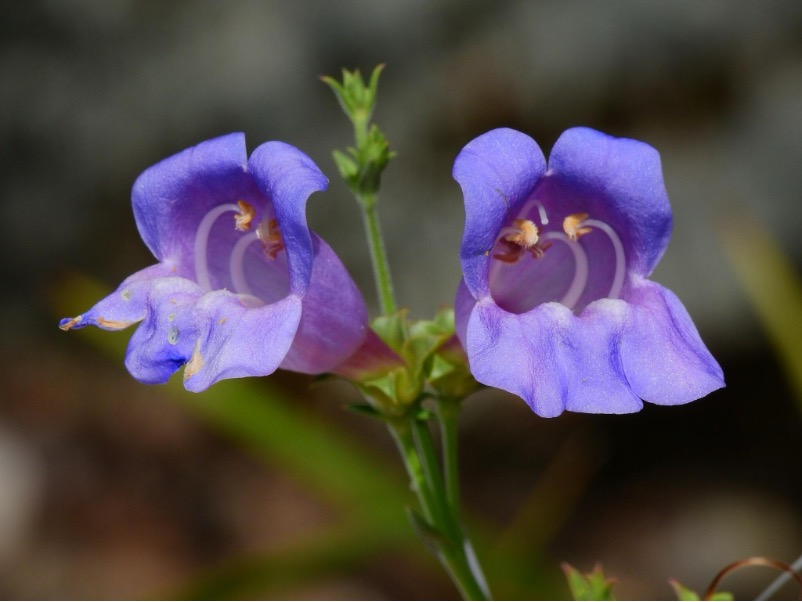
Penstemon heterophyllus: Sometimes known as bunch leaf penstemon , is a member of the family Plantaginaceae. This species of plant is a California native, and is an excellent drought resistant addition to native plant gardens. It is known to grow in California chaparral habitats as well as alongside live oak forests.

Plagiobothrys nothofulvus: Also called rusty popcornflower , is a member of the family Boraginaceae. Versatile, it can be found in coastal sage scrub, woodlands , meadows and wetland habitats. This species serves as food for many species of insect and mammal who eat the seeds and flowers as well as being a source of nectar for bees and butterflies.
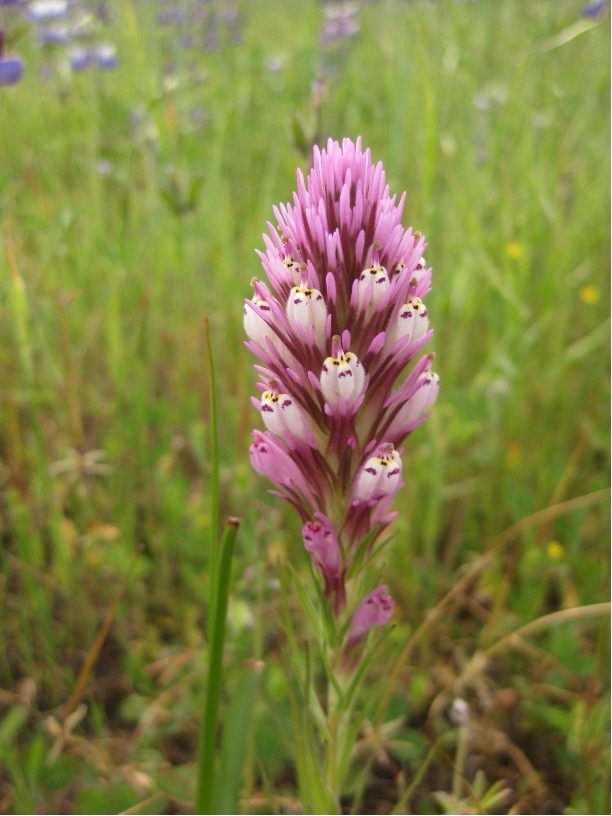
Castilleja densiflora: Sometimes known as owlclover is native to california and can be found up and down the California coast. It is a member of the family Orobanchaceae and in the genus Castilleja alongside other familiar flowering plants like Indian Paintbrush – Castilleja coccinea. Several subspecies of Castilleja densiflora exist including ssp. Obispoensis, only found in San Luis Obispo County.
And to put some faces to the names of early Bay Area Botanists …
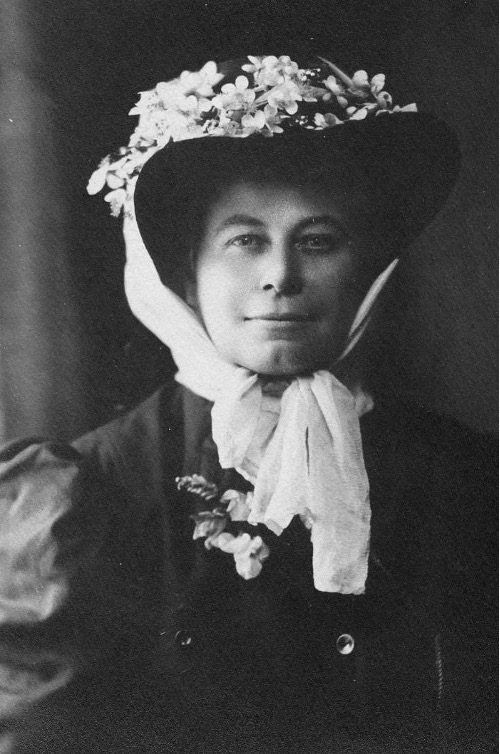
Alice Eastwood: b. 1859 – d. 1953: Born in Toronto Canada, Alice Eastwood was a self-taught botanist who first started collecting in Colorado after immigrating to the United States with her family. She first worked as a teacher in Denver, but her botany collections caught the attention of Katherine Brandegee at the California Academy of Sciences who hired her to work in San Francisco in 1891. By 1892 she was promoted to joint curator and by 1894 appointed as head of Botany where she served a long tenure until 1949. She was responsible for extensive collections in California and for saving important specimens during the 1906 earthquake and fire. She published more than 310 articles in her career , served as editor for the journal Zoe, and collected in many states and traveled to partner institutions around the world to expand her work.

William Dudley: b. 1849 – d. 1911: Born in New Guilford Connecticut, William Dudley studied and received a bachelor’s in 1874 and master’s degree in 1876 from Cornell University. He later went on to teach at Cornell and various other universities on the east coast until being hired to Stanford University in 1892 as head of systematic biology. William Dudley was an environmental activist key in preserving the coastal redwood and advised the establishment of the national forest system in California. William Dudley later died in 1911 from sicknesses caught while conducting research in Iran and Egypt.

Katherine Brandegee: b. 1844 – d. 1920 Was born in Tennessee as Katherine Layne but moved to California with her family during the California gold rush of 1849. After the death of her first husband in 1874 from alcoholism, she enrolled soon after in U.C Berkeley, becoming the third ever woman to attend medical school there. In 1878 she received her M.D. and became a doctor, although chose to pursue Botany instead in 1879. She became a member of the California Academy sciences and became curator of botany in 1883. She later met her second husband Townshend Brandegee who shared her love of botany in 1889. The two later collaborated for many years while she served as botany curator. She was responsible for the co-founding of the academic journal Zoe which allowed academic independence from east coast universities. She went on to hire her successor as curator, Alice Eastwood in 1892 . She and her husband later donated 76,000 specimens to U.C Berkeley before her death in 1920.
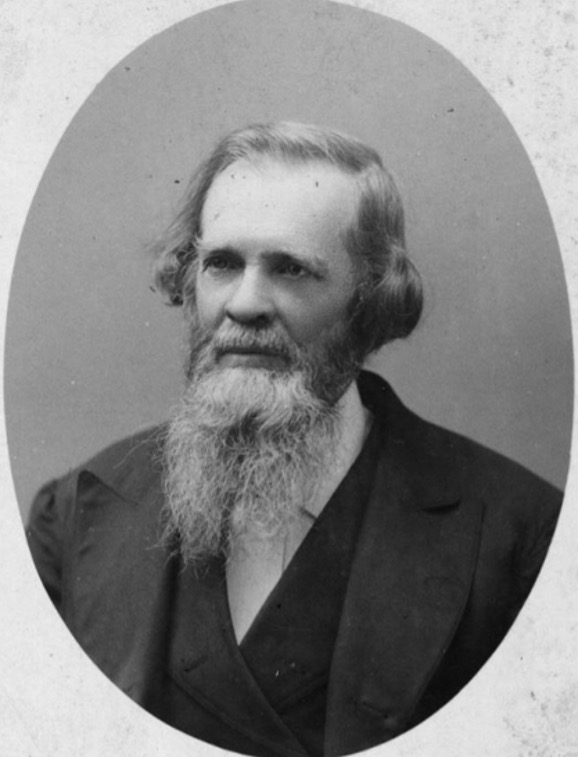
Albert Kellogg: b. 1813 – d. 1887 Born in New Hartford Connecticut, Albert Kellogg first studied medicine and received an M.D from Transylvania University in Lexington Kentucky. Through the 1840s he practiced medicine and collected and illustrated plants as an amateur botanist in New England and the South East before moving to california in 1848. He later continued to practice medicine and run a pharmacy in San Francisco until he later refocused his career on botany and was one of the founding members of the California Academy of Sciences in 1852. He went on to describe more than 200 species of plants, and wrote extensively on california forests. He was hired as surgeon and botanist by the US government to survey Alaska in 1867. Albert Kellogg was one of the first members of the academy to advocate for opening membership to women in 1853, later on hiring Catherine Brandegee to succeed him as curator of Botany.
Visit the 1800-1935: Bay Area Collections expedition on the CAS Plants to Pixels project.

